-
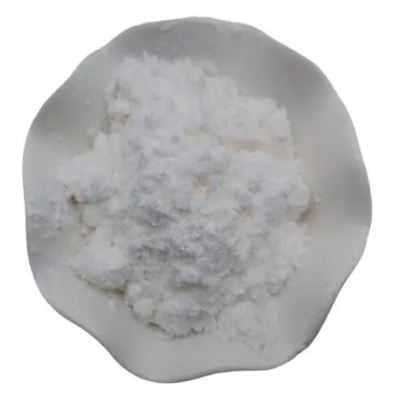
1-HYDROXY-4-ETHOXY-2,3-DIFLUOROBENZENE CAS:126163-56-2
1-Hydroxy-4-ethoxy-2,3-difluorobenzene is a significant compound in organic chemistry due to its unique molecular structure and potential applications in synthetic chemistry and material science. With a combination of hydroxy, ethoxy, and difluorobenzene groups, this molecule exhibits distinct reactivity patterns and offers opportunities for tailored functionalization and molecular design. Understanding the chemical properties and synthetic utility of 1-Hydroxy-4-ethoxy-2,3-difluorobenzene is essential for advancing research in organic synthesis, materials chemistry, and related scientific fields.
-
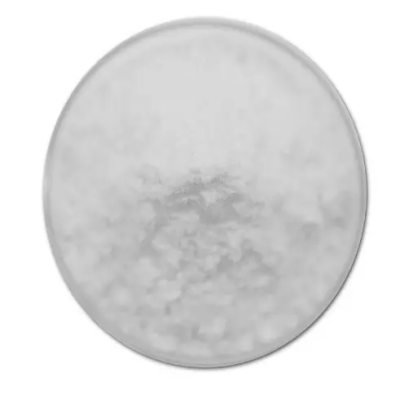
(S)-(+)-α,α-Diphenyl-2-pyrrolidinemethanol CAS:112068-01-6
(S)-(+)-α,α-Diphenyl-2-pyrrolidinemethanol is a chiral compound with a distinct molecular structure that plays a vital role in asymmetric synthesis and drug discovery. With its pyrrolidine ring and two phenyl groups, this molecule exhibits chirality and unique reactivity, making it a valuable tool for generating optically active compounds and pharmaceutical intermediates. Understanding the synthetic applications and stereochemical properties of (S)-(+)-α,α-Diphenyl-2-pyrrolidinemethanol is essential for advancing research in asymmetric catalysis, medicinal chemistry, and related scientific fields.
-
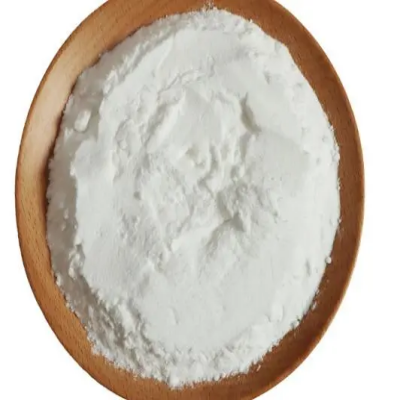
2,3-Difluoro-4-ethoxybenzeneboronic acid CAS:212386-71-5
2,3-Difluoro-4-ethoxybenzeneboronic acid is a notable compound in the realm of organic chemistry, characterized by its distinct chemical structure and potential applications in synthetic methodologies and material science. Possessing the dual functionality of both boronic acid and fluoroalkoxybenzene moieties, this molecule exhibits unique reactivity and versatility, making it an intriguing building block for the synthesis of complex organic compounds and functional materials. Understanding the structural attributes and chemical behavior of 2,3-Difluoro-4-ethoxybenzeneboronic acid is pivotal for advancing research in organic synthesis, materials chemistry, and related scientific domains. 2,3-Difluoro-4-ethoxybenzeneboronic acid serv
-
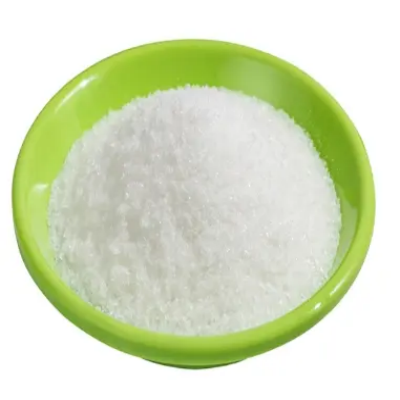
1,3-Dibromo-5-chlorobenzene CAS:14862-52-3
1,3-Dibromo-5-chlorobenzene is a compound of interest in organic chemistry due to its unique structural composition and potential applications in various fields. This molecule combines the presence of both bromine and chlorine atoms on a benzene ring, imparting distinctive chemical reactivity and properties that make it valuable for synthetic chemistry and material science applications. The arrangement of halogen substituents at specific positions within the aromatic ring offers opportunities for functional group transformations and the development of novel organic compounds with tailored properties.
-
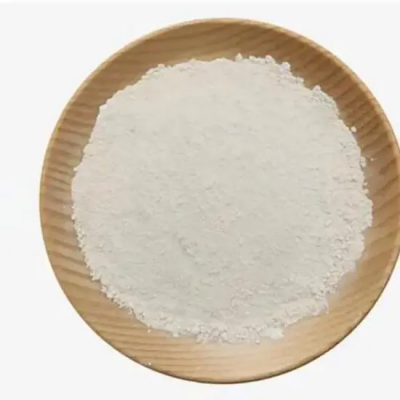
2-Chloro-5-nitropyridine CAS:4548-45-2
2-Chloro-5-nitropyridine is a notable compound in organic chemistry known for its distinctive molecular structure and versatile applications in chemical synthesis and materials science. With a chlorine atom and a nitro group attached to a pyridine ring, this molecule exhibits unique reactivity and properties that make it a valuable building block for the preparation of diverse organic compounds and functional materials. Understanding the chemical reactivity and synthetic potential of 2-Chloro-5-nitropyridine is crucial for advancing research in organic chemistry, medicinal chemistry, and related scientific disciplines.
-
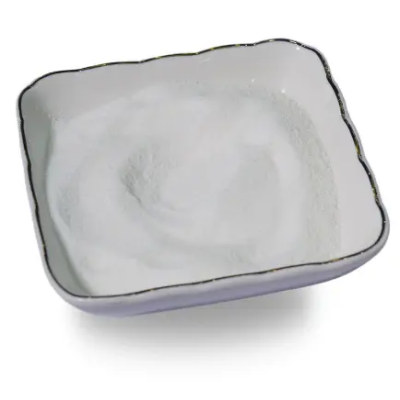
(9,9-Dimethyl-9H-fluoren-2,7-diyl)diboronic acid CAS:866100-14-3
(9,9-Dimethyl-9H-fluoren-2,7-diyl)diboronic acid is a crucial building block in the field of organic chemistry, particularly in the synthesis of advanced materials and pharmaceuticals. With its unique molecular structure containing two boronic acid groups attached to a fluorene backbone, this compound exhibits versatile reactivity and compatibility with various functional groups. The presence of boronic acid moieties enables it to participate in Suzuki-Miyaura cross-coupling reactions, facilitating the construction of complex molecular architectures. Moreover, its fluorene core imparts desirable photophysical properties, making it attractive for optoelectronic applications such as organic light-emitting diodes (OLEDs) and organic photovoltaics (OPVs).
-
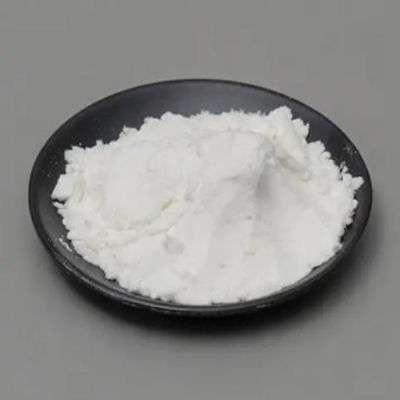
(R)-(+)-a,a-Diphenyl-2-pyrrolidinemethanol CAS:22348-32-9
(R)-(+)-α,α-Diphenyl-2-pyrrolidinemethanol is a chiral compound with a unique molecular structure that holds significance in asymmetric synthesis and medicinal chemistry. Featuring a pyrrolidine ring and two phenyl groups, this molecule exhibits chirality and distinctive reactivity, making it a valuable building block for the preparation of optically active compounds and pharmaceutical intermediates. Understanding the synthetic utility and stereochemical aspects of (R)-(+)-α,α-Diphenyl-2-pyrrolidinemethanol is essential for advancing research in asymmetric catalysis, drug development, and related scientific fields.
-
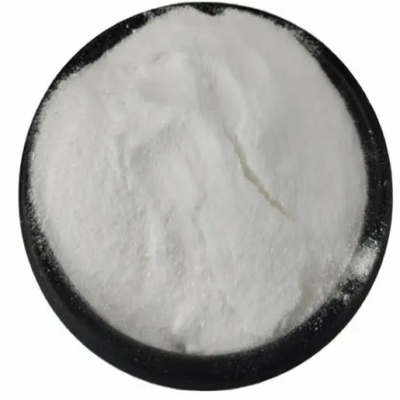
N-(p-Aminobenzoyl)glutamic acid CAS:4271-30-1
N-(p-Aminobenzoyl)glutamic acid is a chemical compound composed of a glutamic acid molecule linked to a p-aminobenzoic acid moiety. It is commonly used in biochemical and pharmaceutical research. Its molecular formula is C11H12N2O5.
-
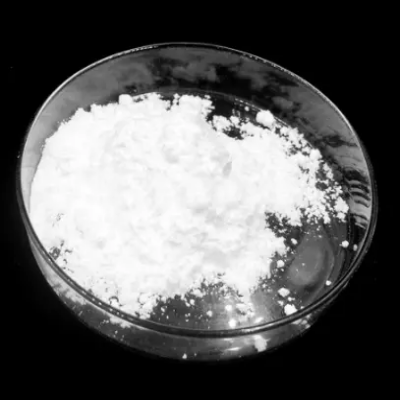
p-Aminobenzamide CAS:2835-68-9
p-Aminobenzamide, also known as PABA, is a chemical compound with the molecular formula C7H8N2O. It is commonly used as a reagent in organic synthesis and as a precursor in the production of pharmaceuticals and dyes. PABA possesses a benzene ring substituted with an amino group and a carboxamide group, making it valuable in various chemical reactions and applications.
-

p-Aminobenzoesure-2-ethylhexylester CAS:26218-04-2
p-Aminobenzoic acid-2-ethylhexyl ester is a chemical compound commonly used as an organic UV filter in sunscreen formulations. Its molecular formula is C15H22N2O2.
-

p-Nitrobenzoic acid CAS:62-23-7
p-Nitrobenzoic acid is a chemical compound characterized by its benzoic acid structure with a nitro group attached to the para position. Its molecular formula is C7H5NO4.
-
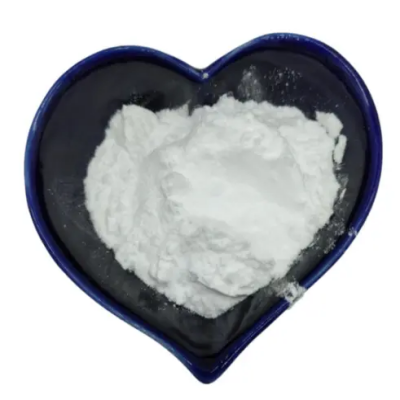
p-Acetylamino benzoic acid CAS:556-08-1
p-Acetylamino benzoic acid is a chemical compound commonly known as N-Acetyl-4-aminobenzoic acid. It is an aromatic compound with an acetylamino group attached to the para position of the benzene ring. Its molecular formula is C9H9NO3.

